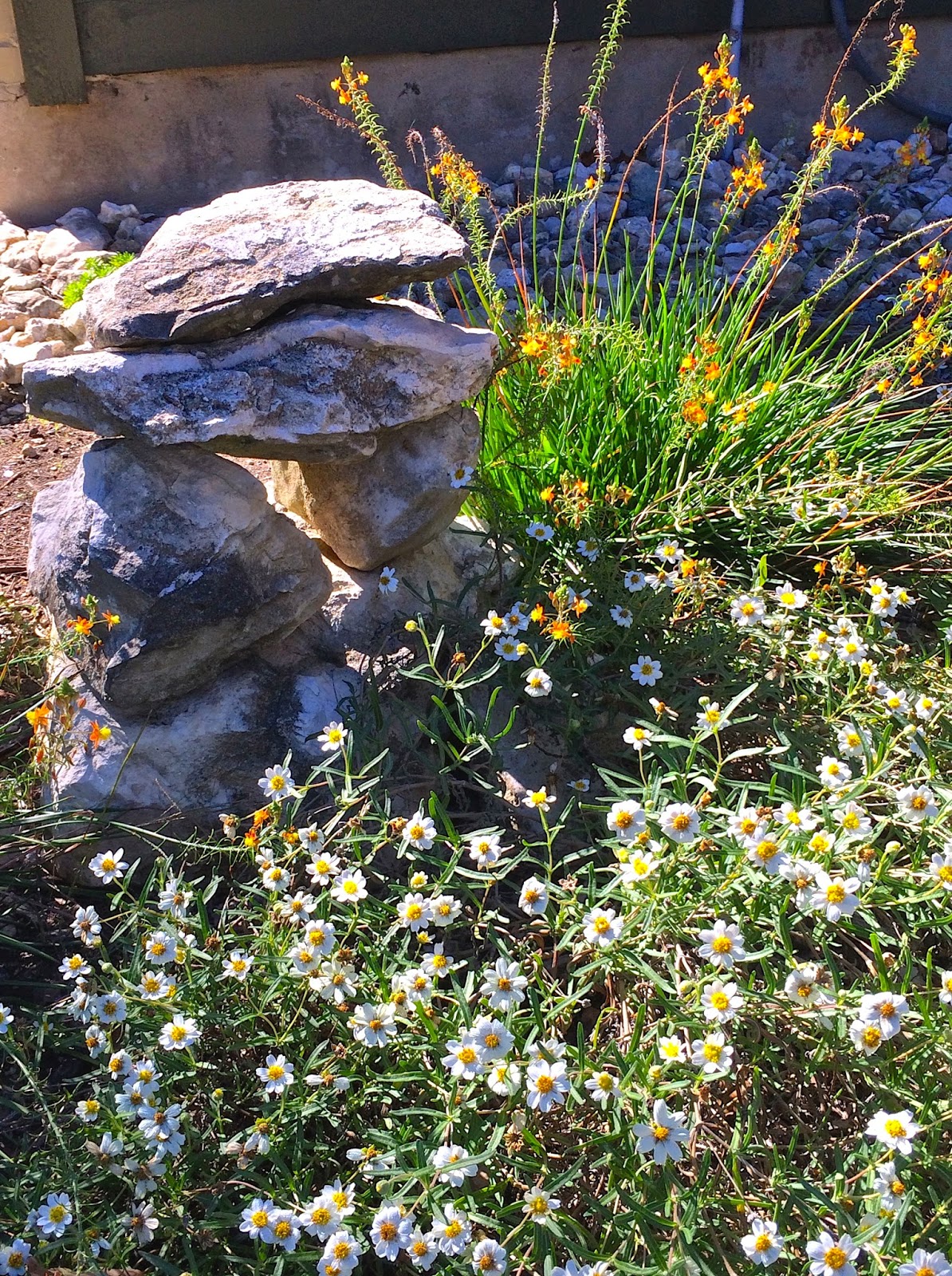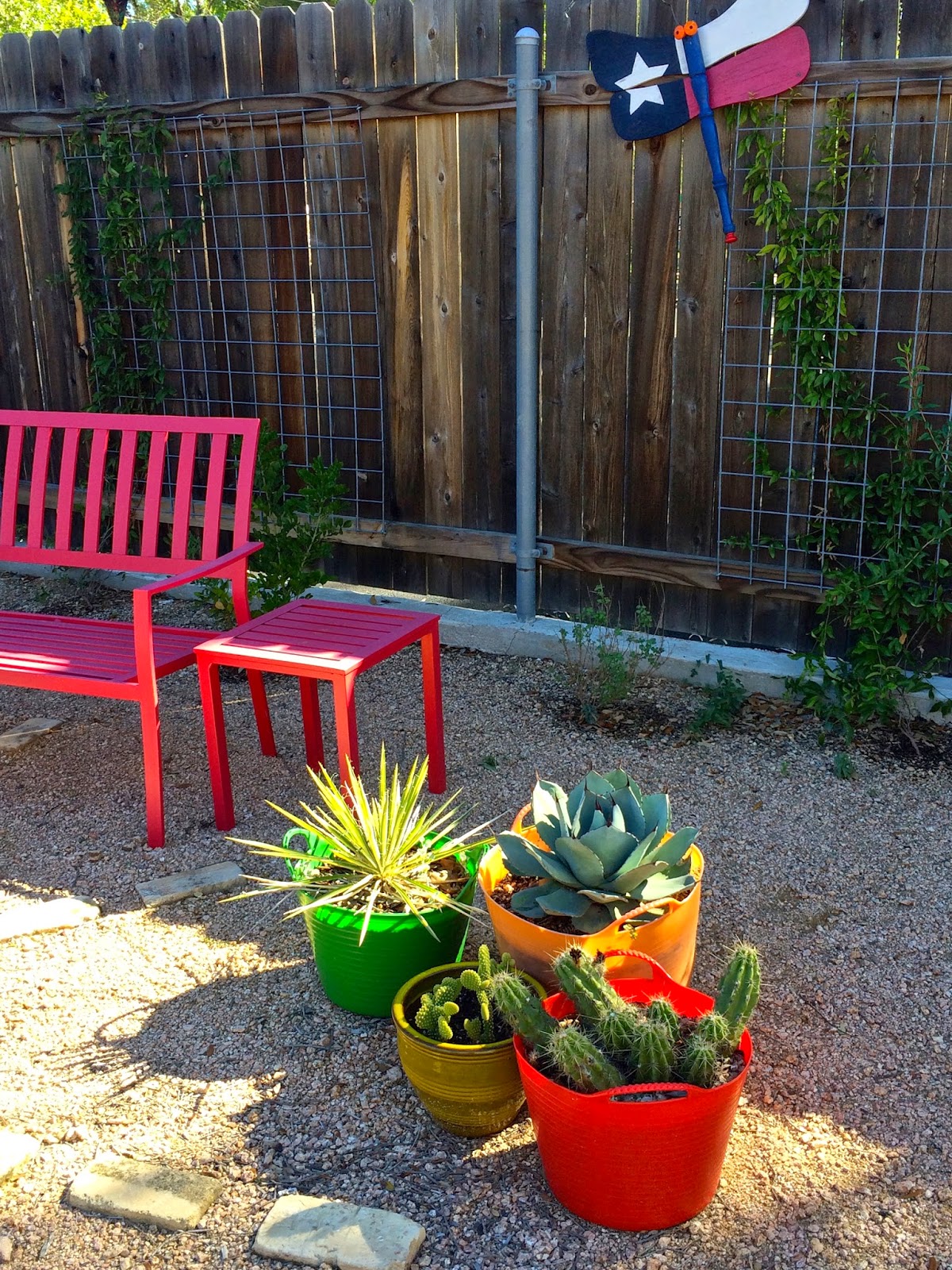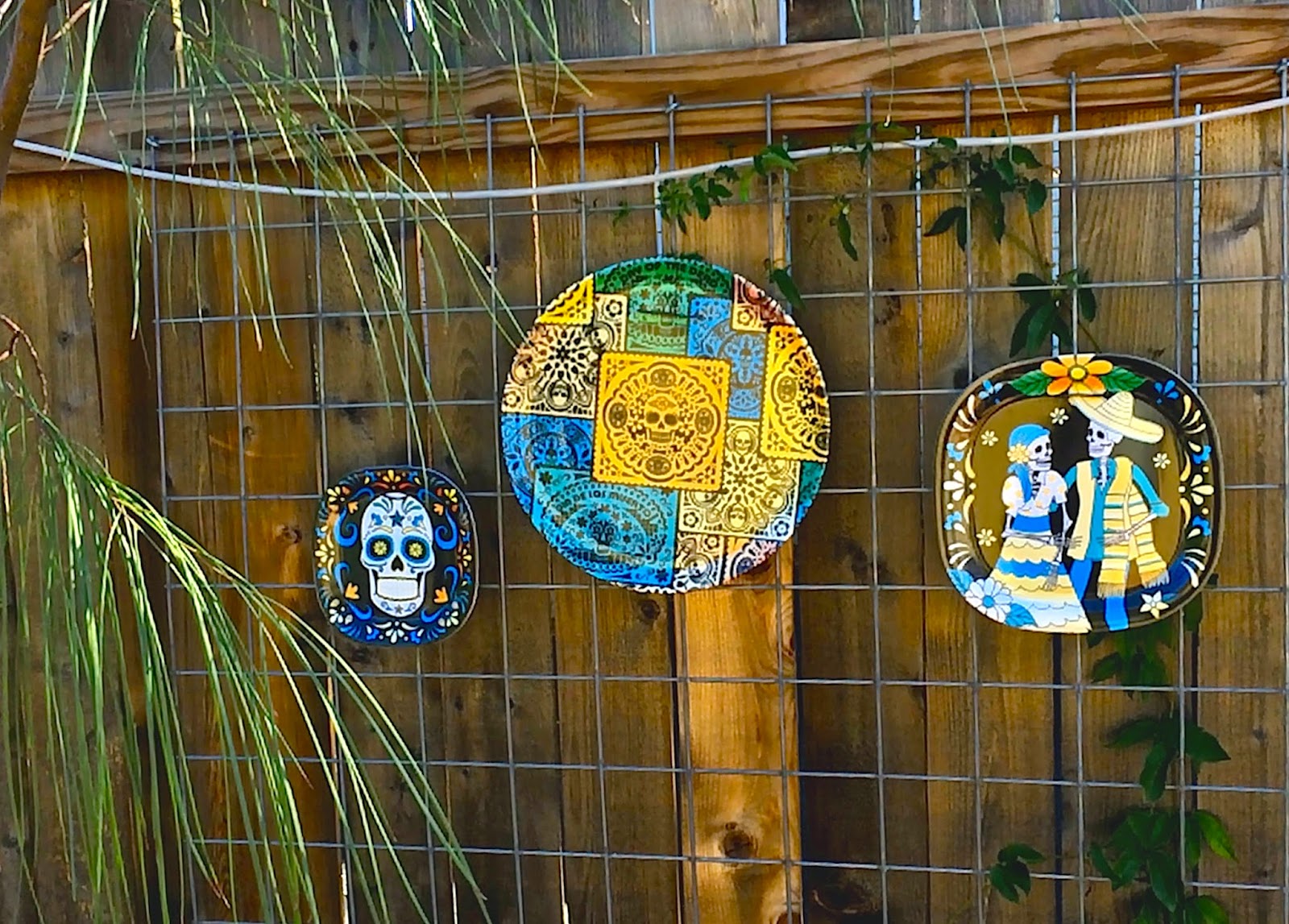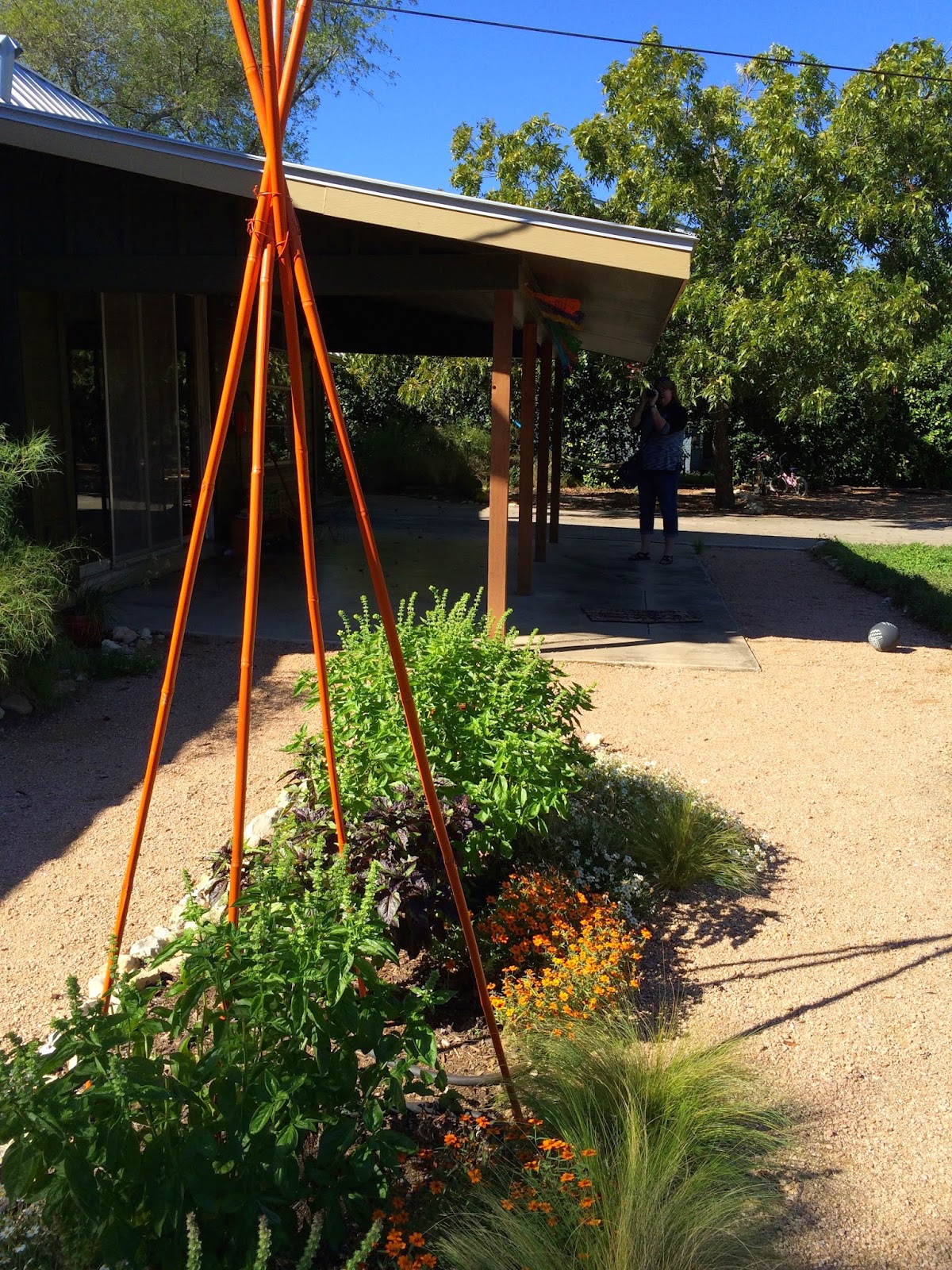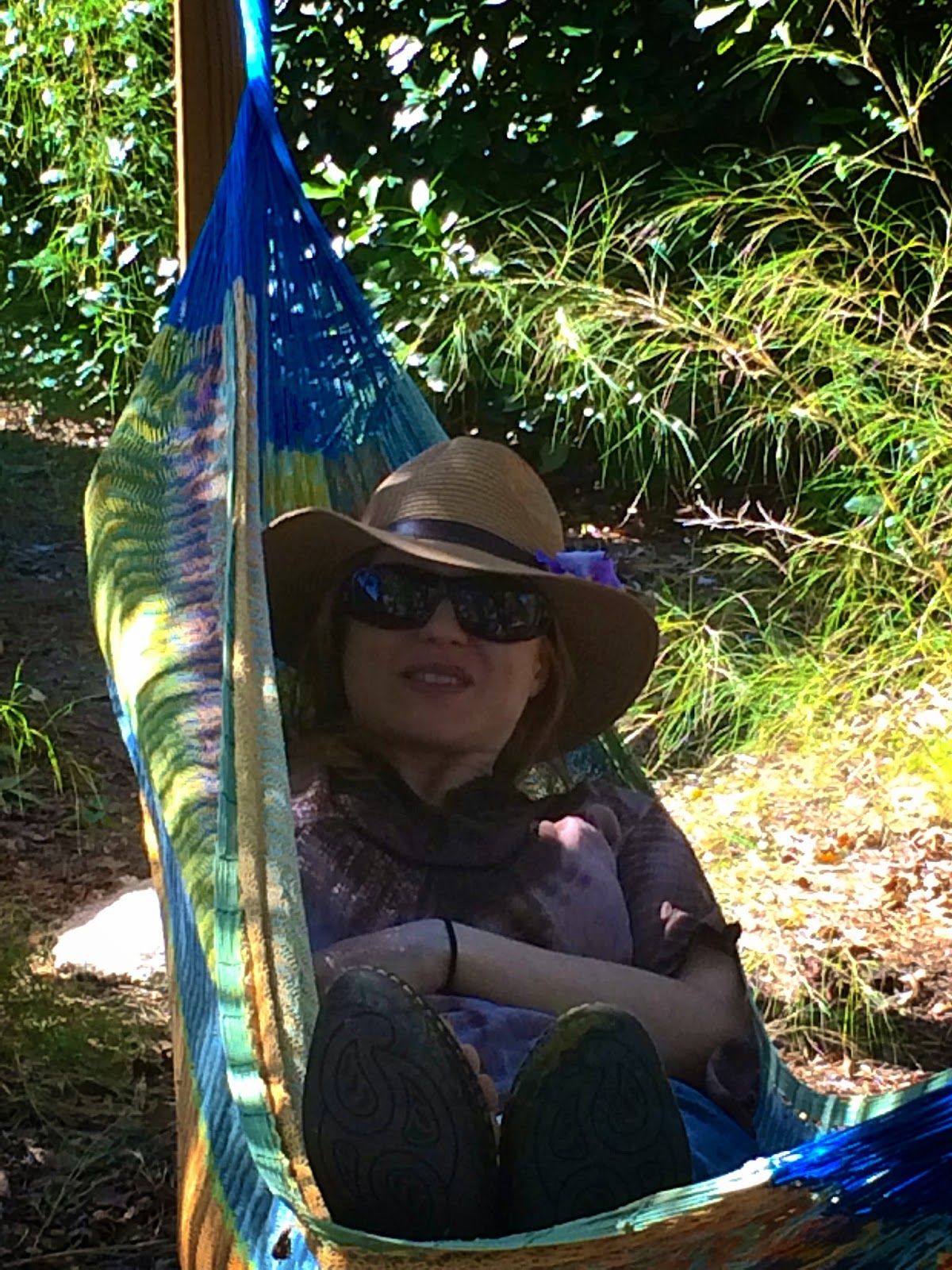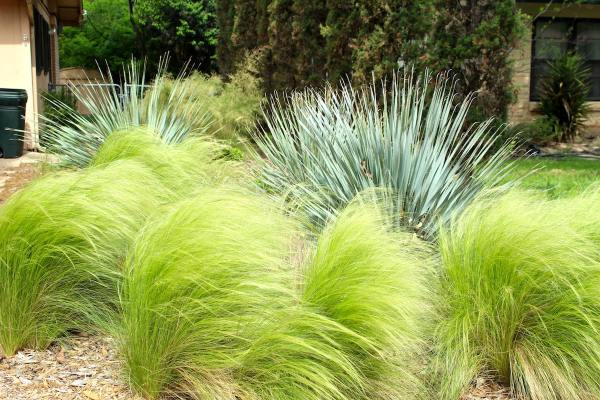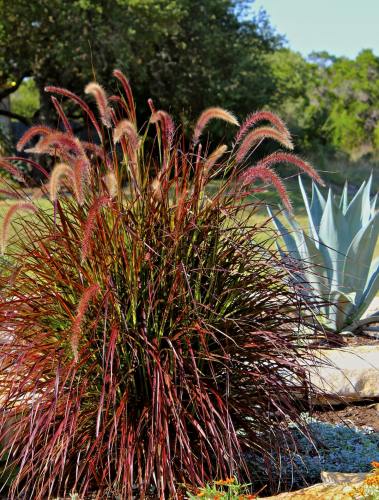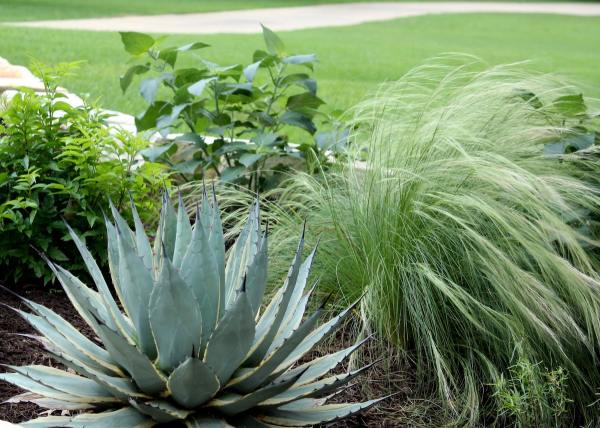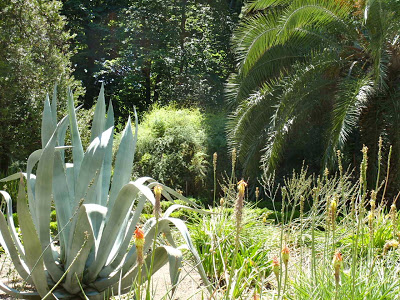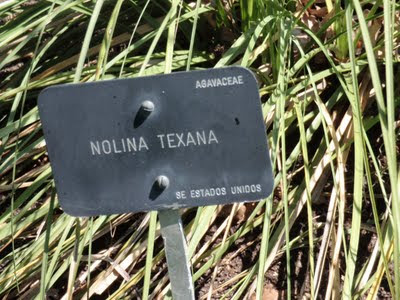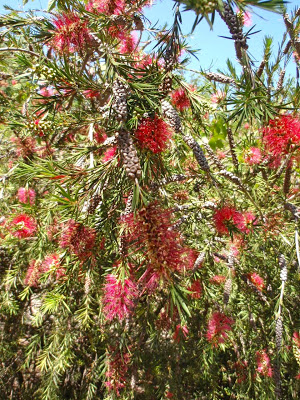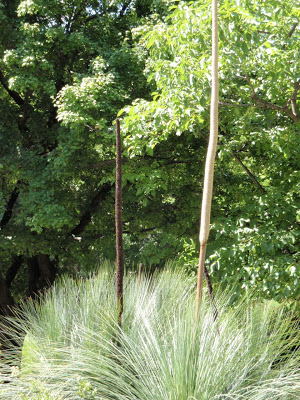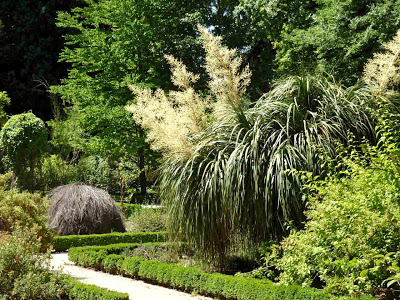Beautiful garden outshines the view on this LA hilltop home…
Our first stop was the garden of Kris Peterson, who blogs at Late to the Garden Party. We were late arriving, due to a flight delay, and missed meeting several other bloggers who were gathering to have lunch with us. We were sad to miss the other gardeners and another garden tour, and we were sad to miss lunch! (We followed my standard M.O. for travel: eat at every opportunity – you never know when you’ll get your next meal!)
We blew in like the wind – dismayed at being late and in a hurry to get there and meet Kris in person.
We took one look outside and stopped dead in our tracks.
You were going to ask why, weren’t you? But now there’s no need to ask, is there?
This is the backyard view from her garden. It’s amazing. And her garden is equally amazing. I soon lost track of the view as she led us from one beautiful vignette to another. Creatively composed and expertly woven, the garden is a collector’s garden that flows like the water in the distance.
Nestled in many parts of her garden, Kris has included a wide variety of containers with water-wise succulents like these.
These little lovelies caught my attention. While the hot, unforgiving sunlight made photographing the garden difficult, I did the best I could with these Eustoma grandiflorum ‘Echo Pink’ flowers.
Through much of the side garden, hardy ground covers spread between the stones.
Entwined among the layers of the garden, these beautiful Pennisetum advena ‘rubrum’ blow in the breeze.
I love this stunning color and texture combination.
Mimicking the arbor on the side (or vice versa, depending on which approach you’re taking), this is the entrance to the front door.
Lovely wooden benches with colorful pillows and potted plants flank the entrance.

My garden touring pal, Pam, of Digging, stops to smile for the camera, and me, before we head out of the garden.
This stunning and lovingly crafted garden was the perfect start to our adventures around L.A. Thanks, again, Kris, for your hospitality. Loved getting to share in your garden.







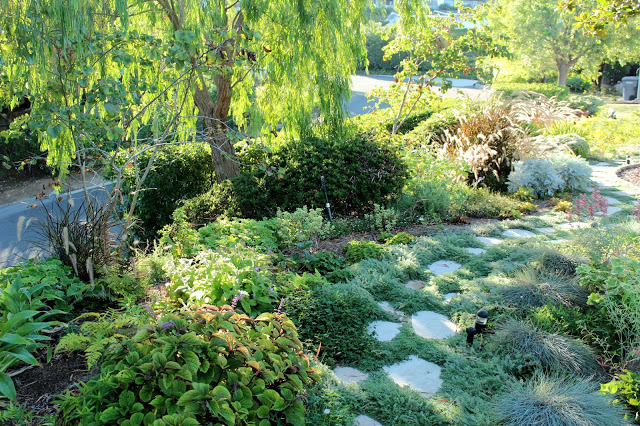







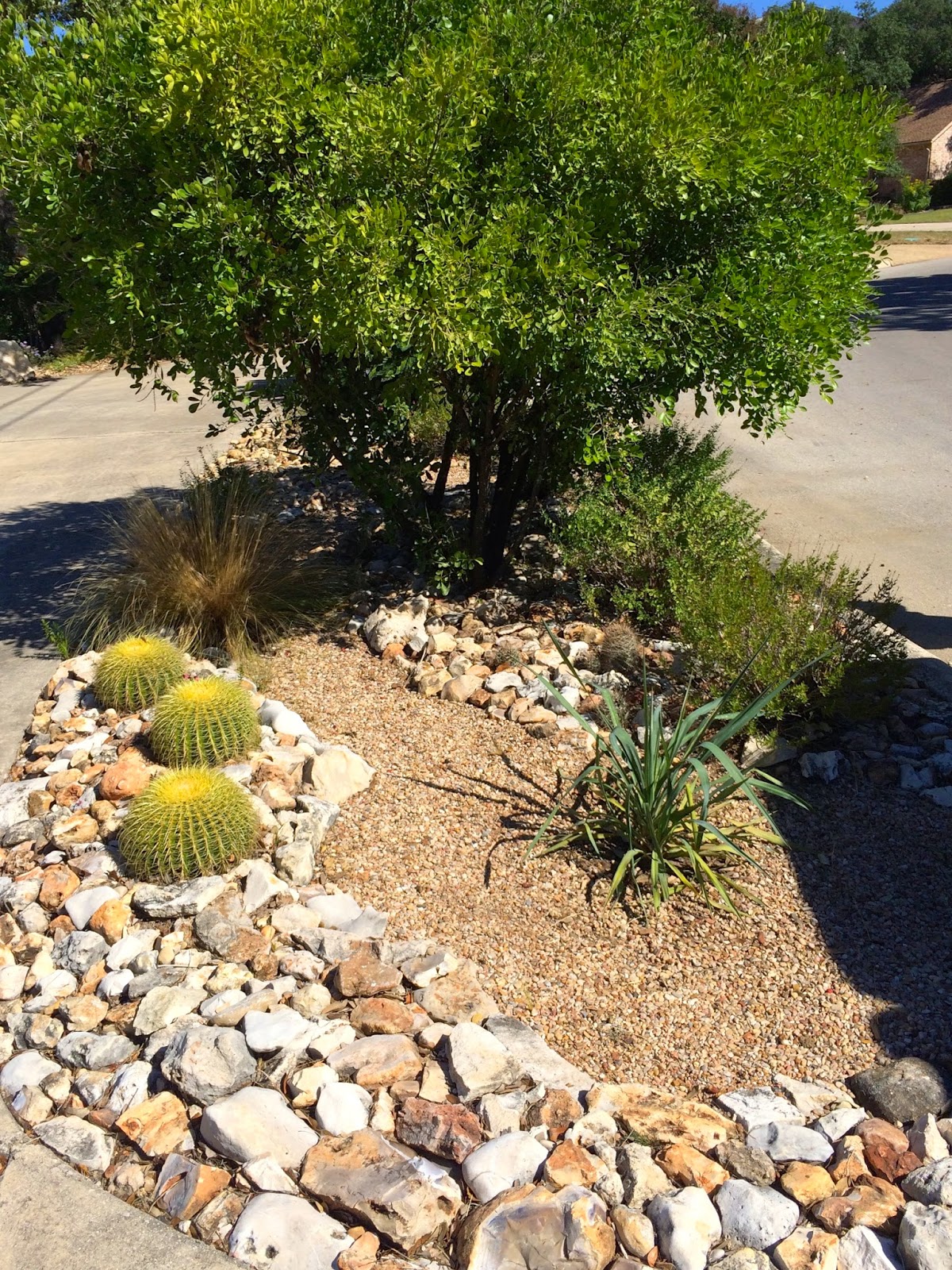
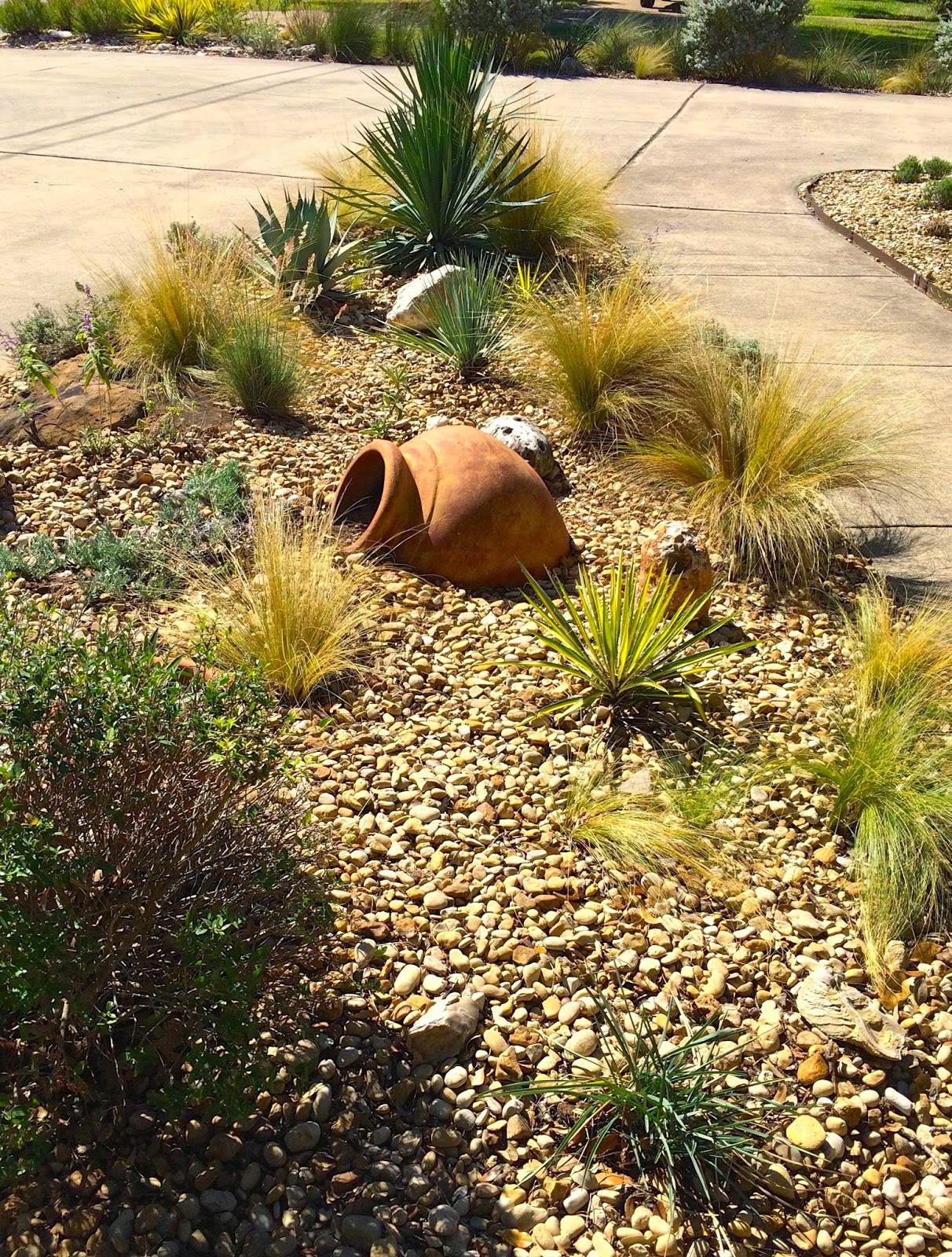
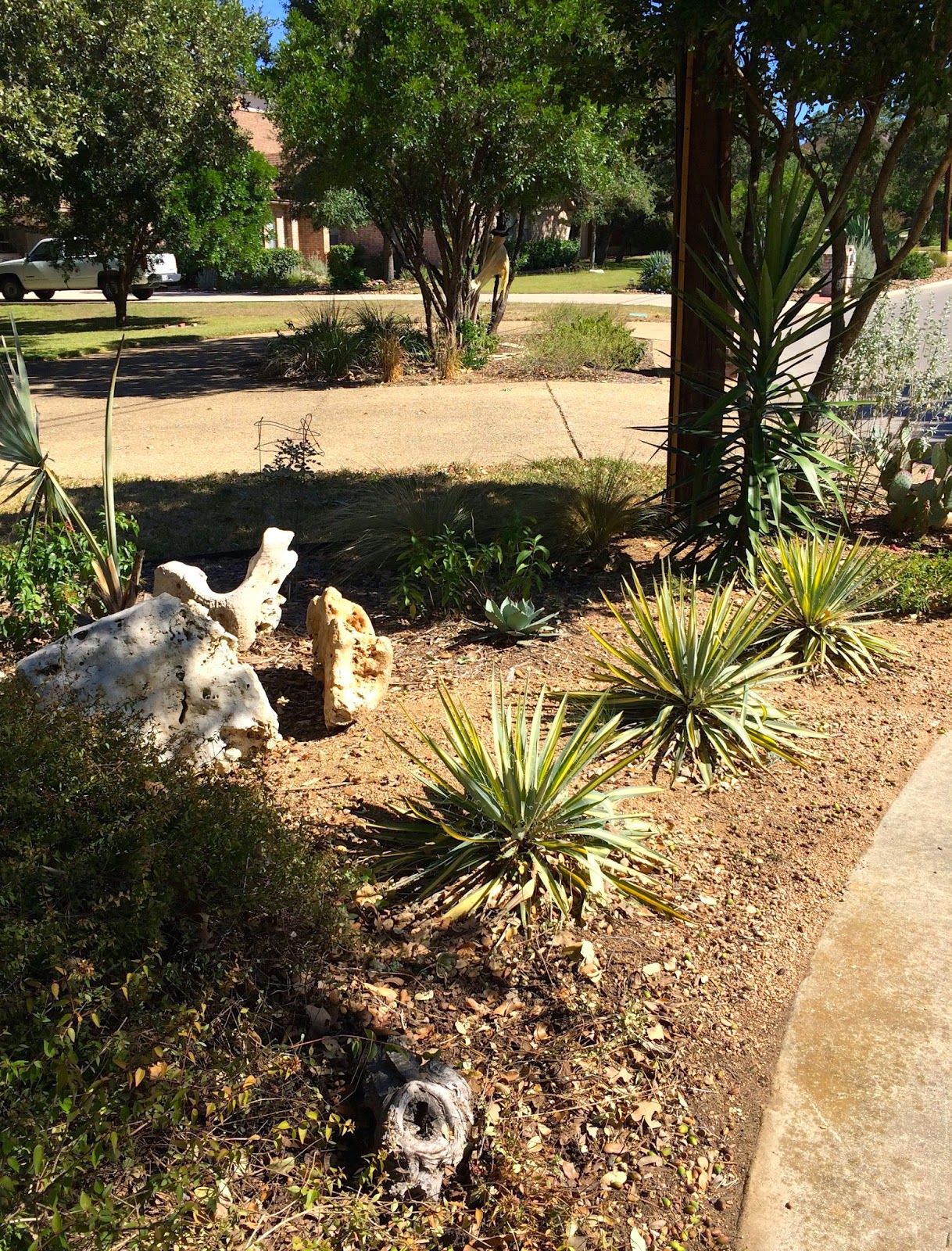

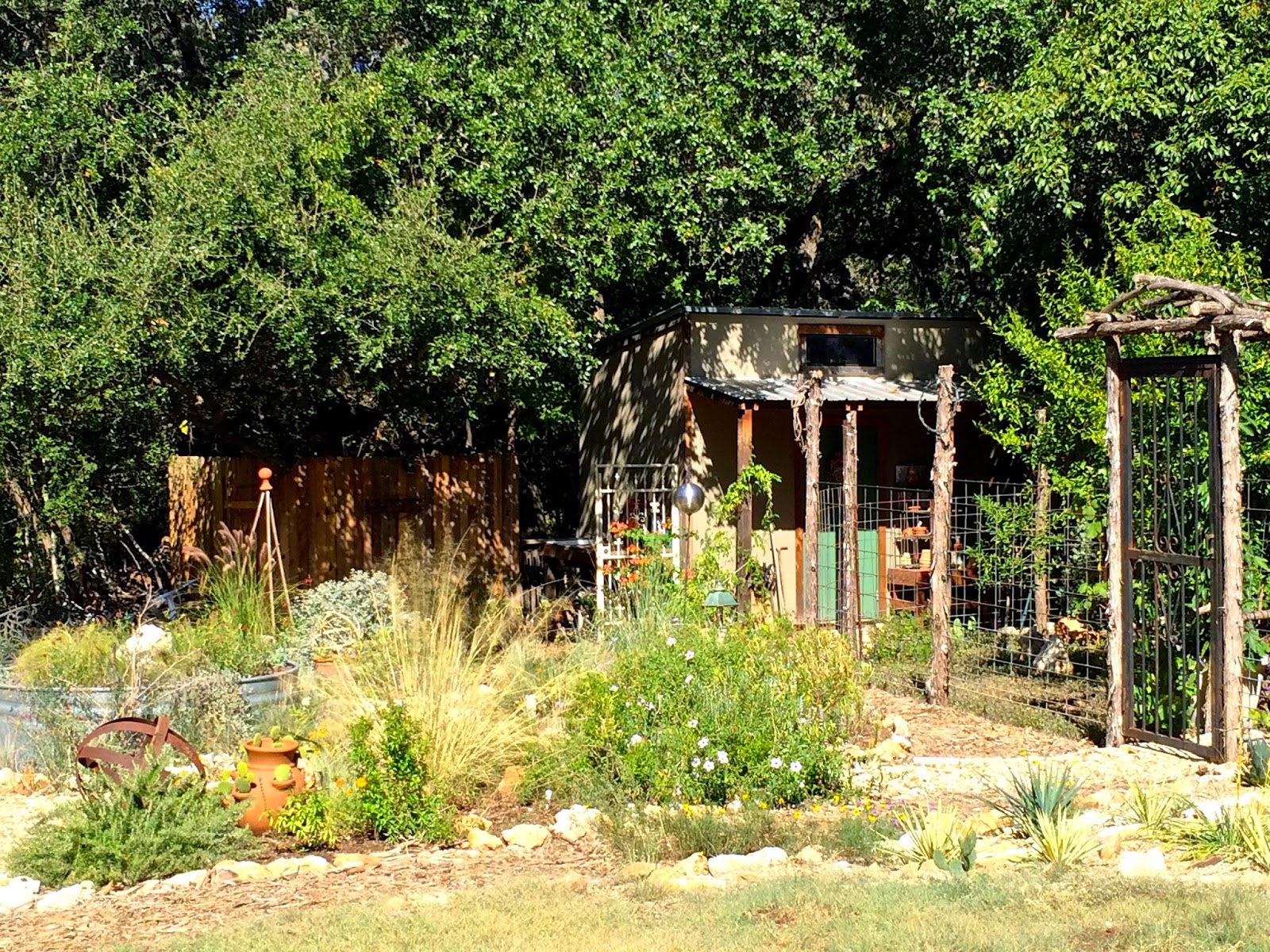


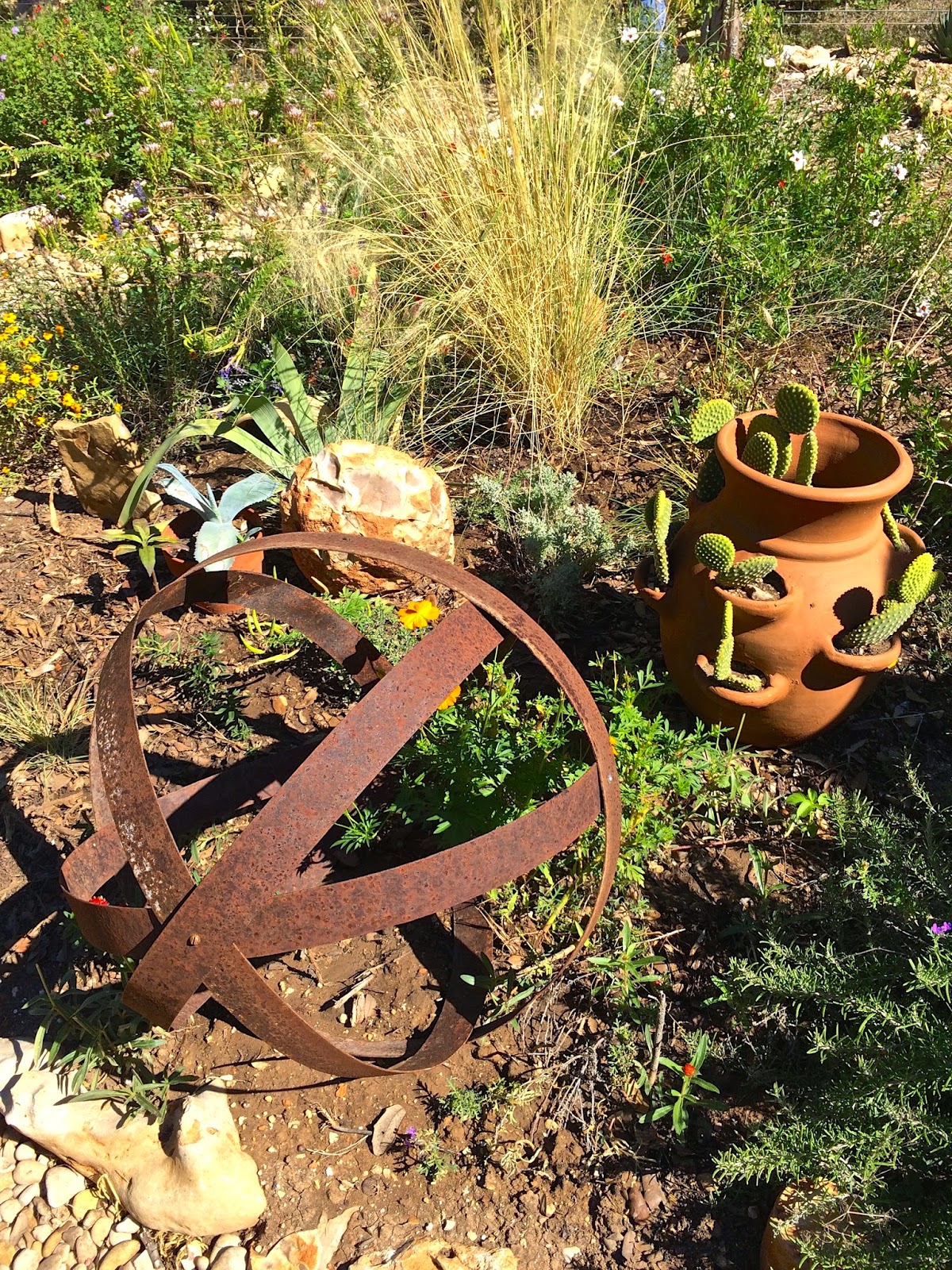
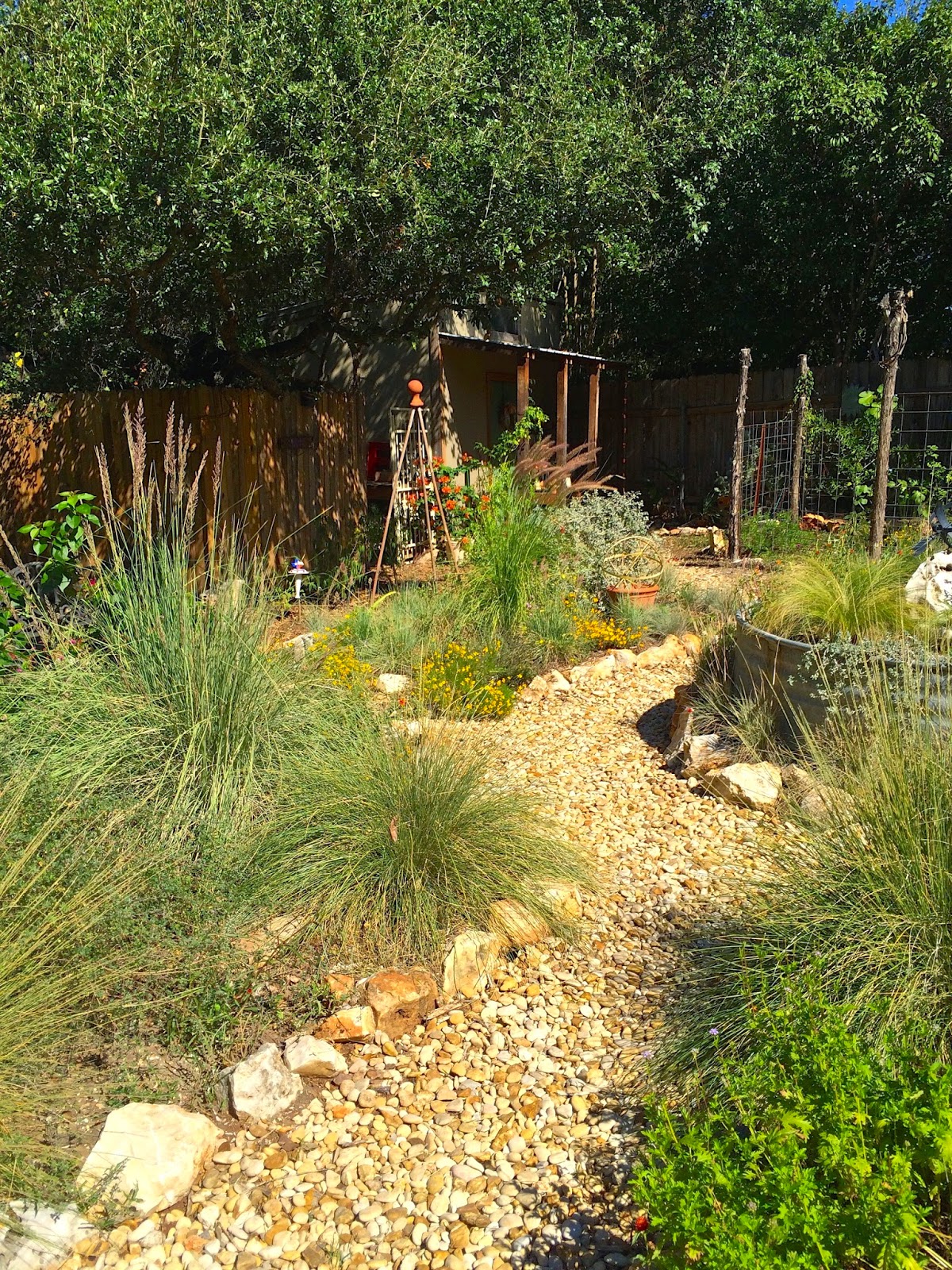
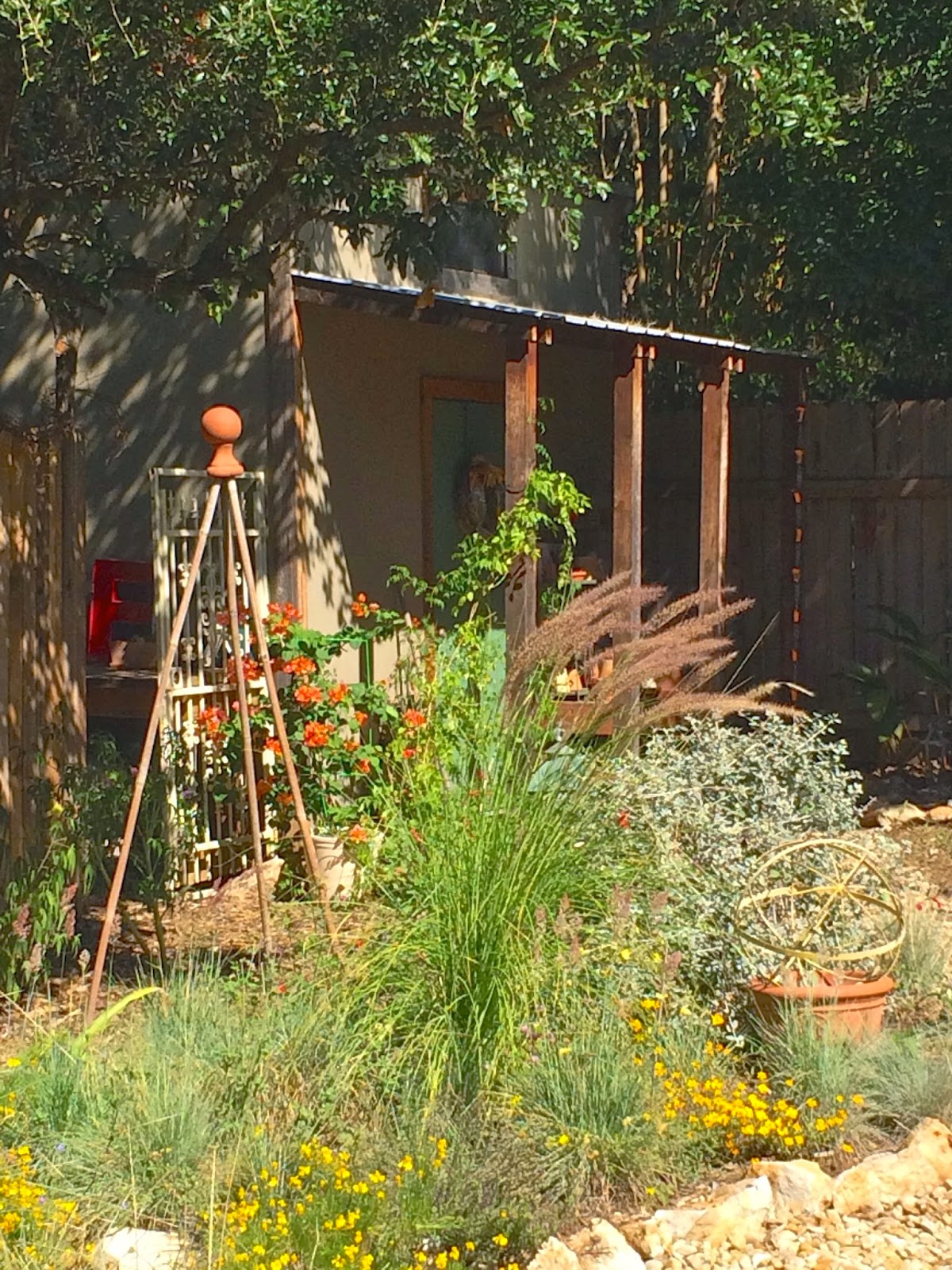




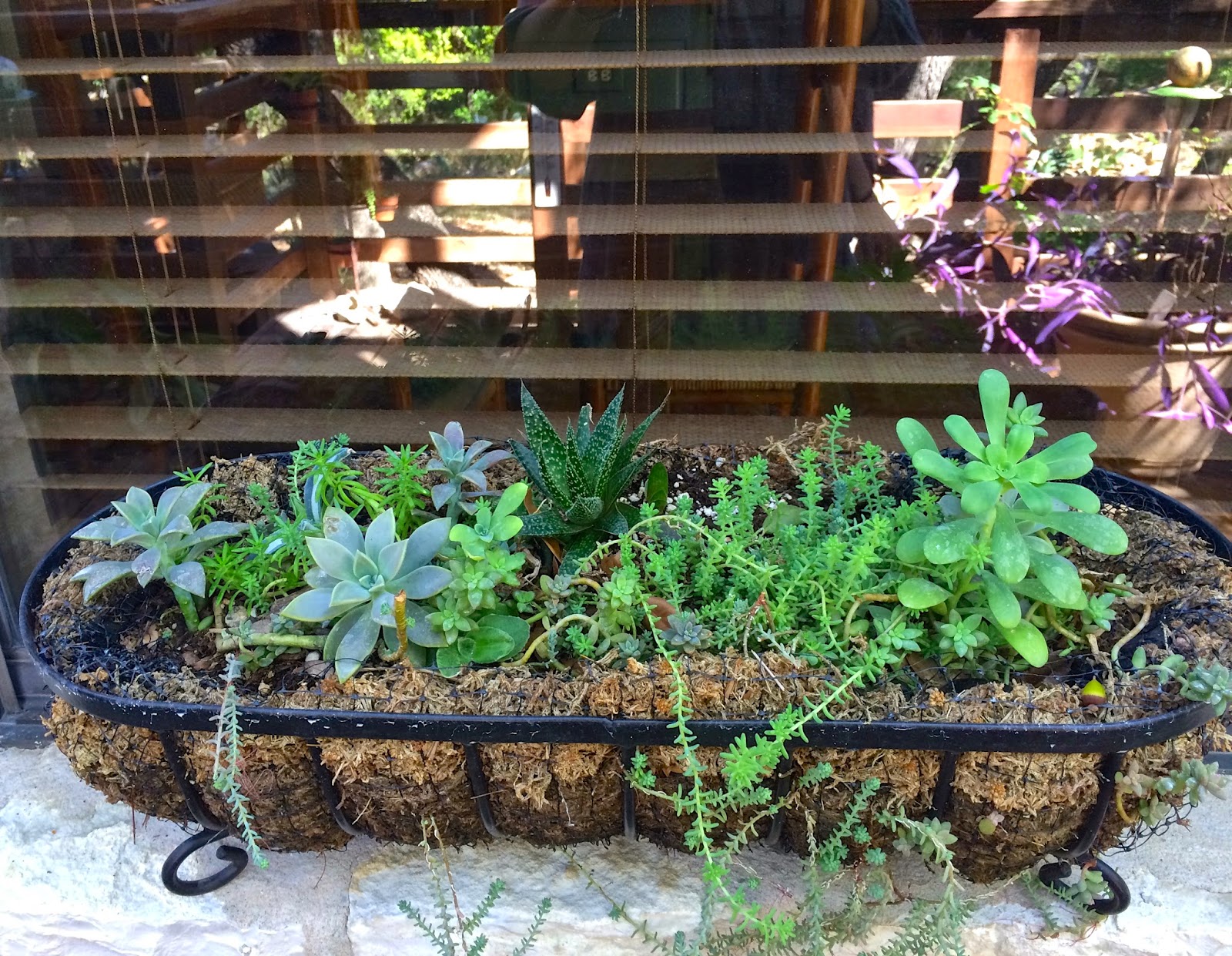


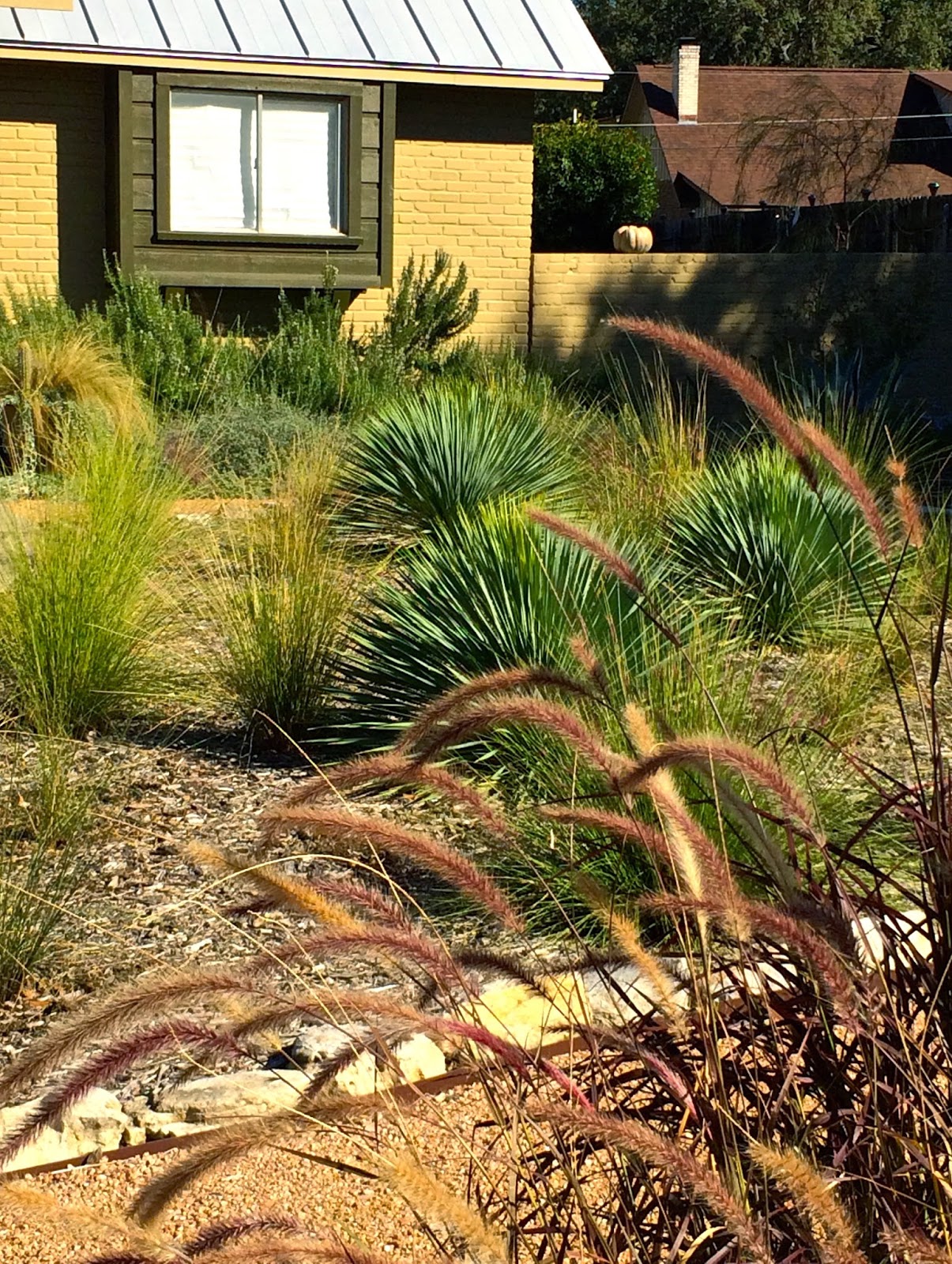




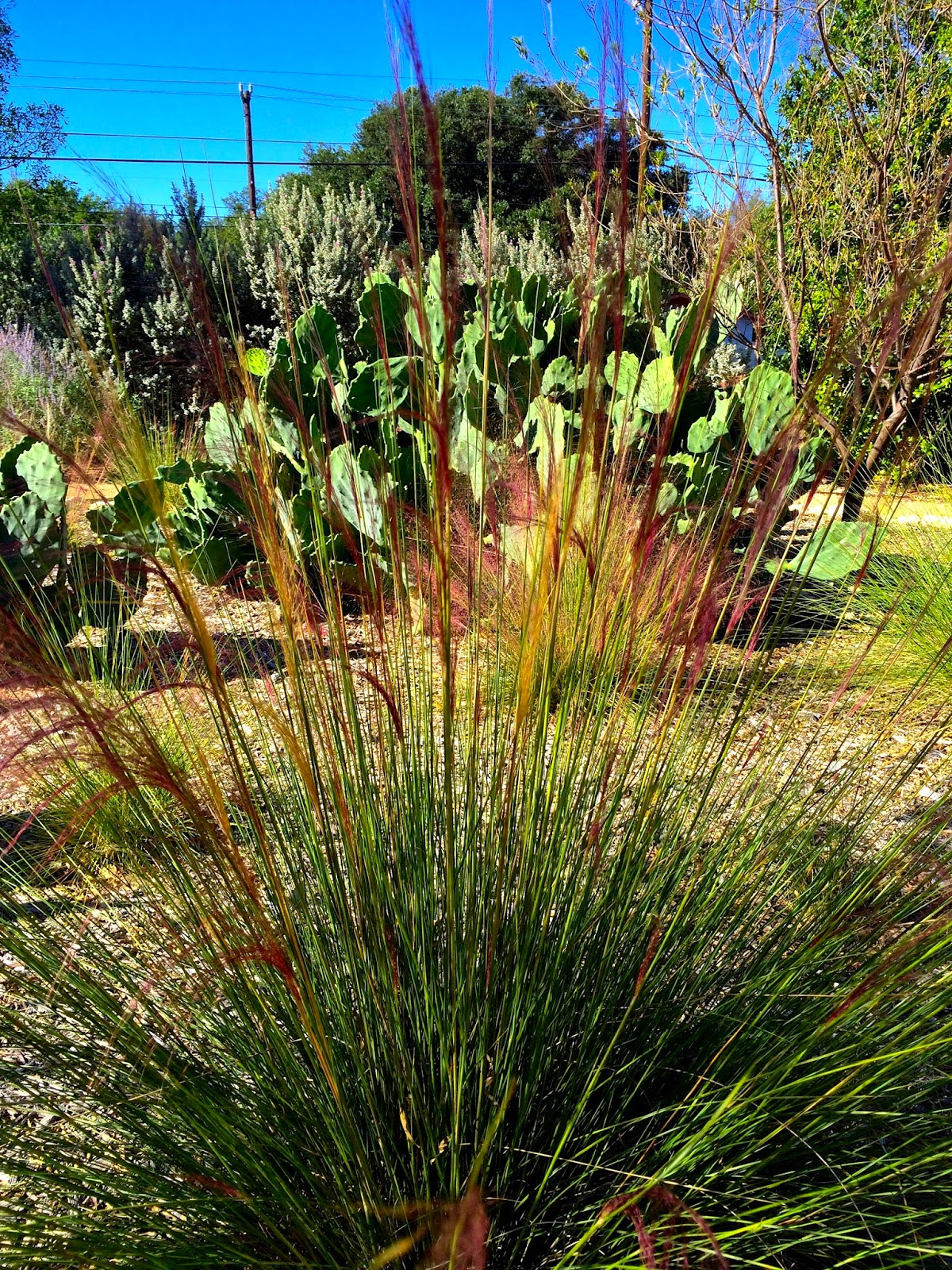
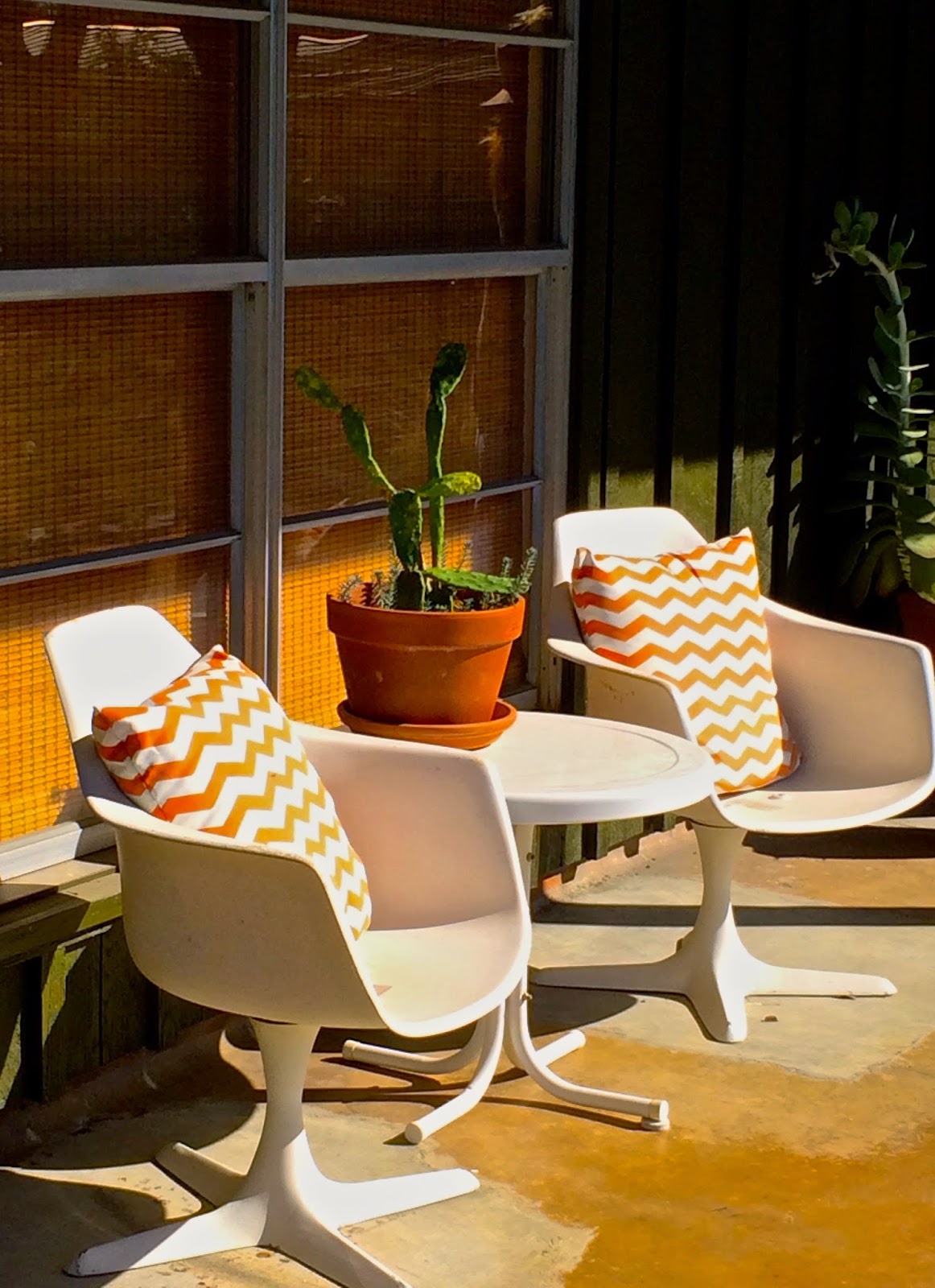



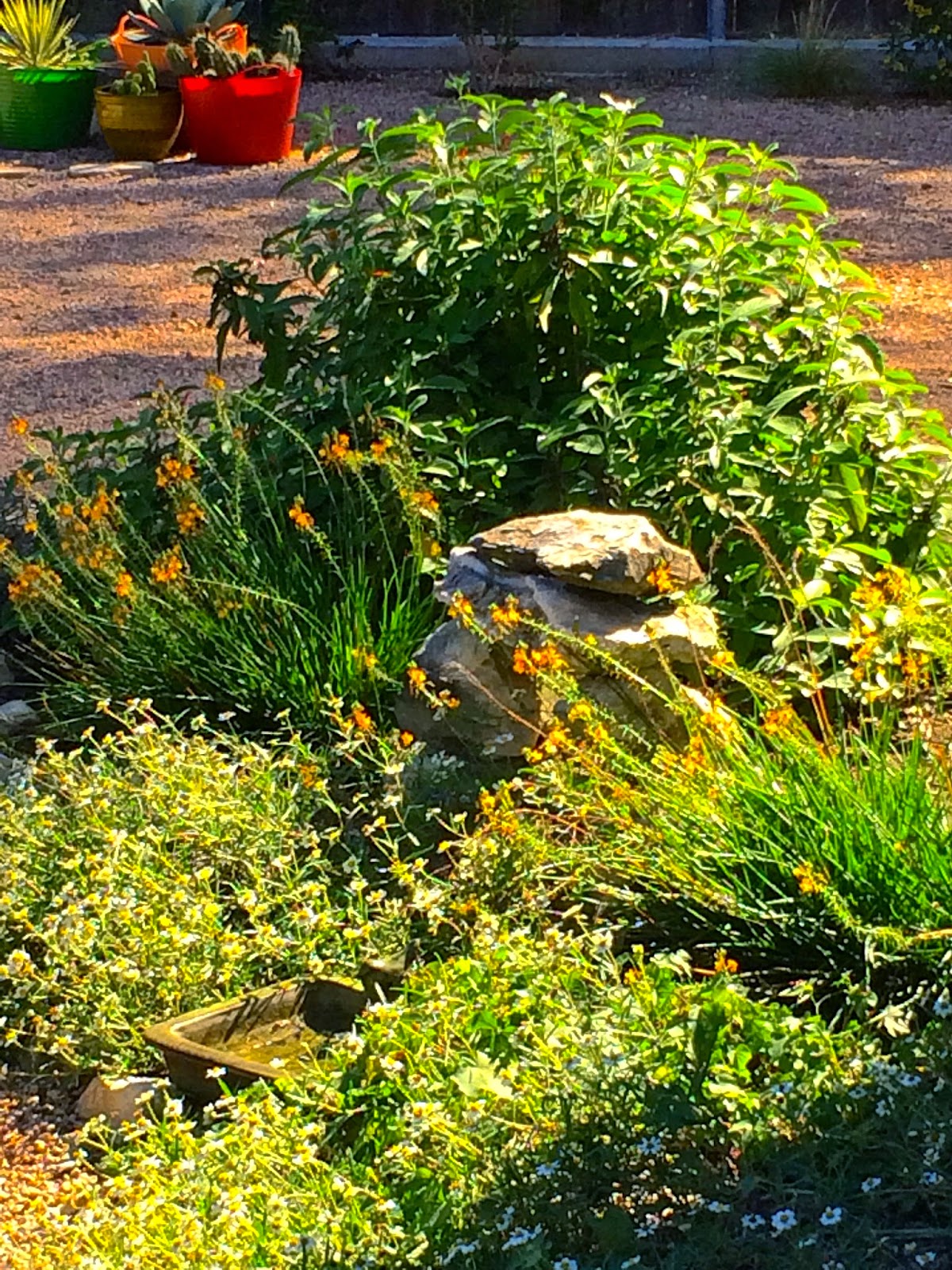 lov
lov